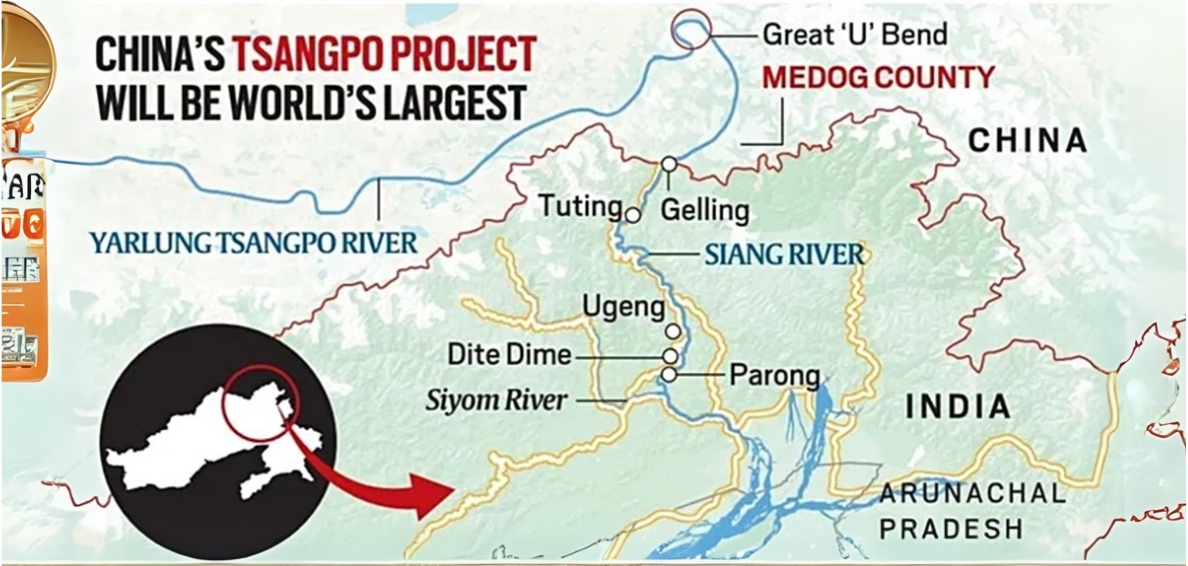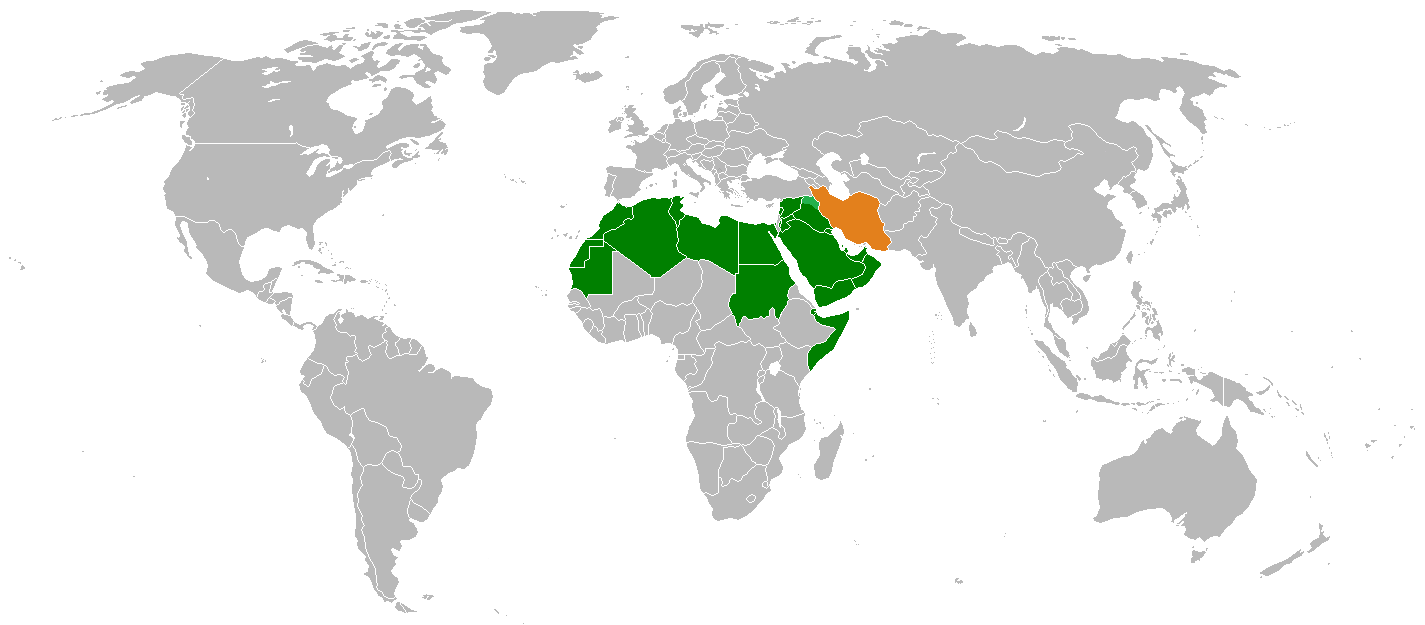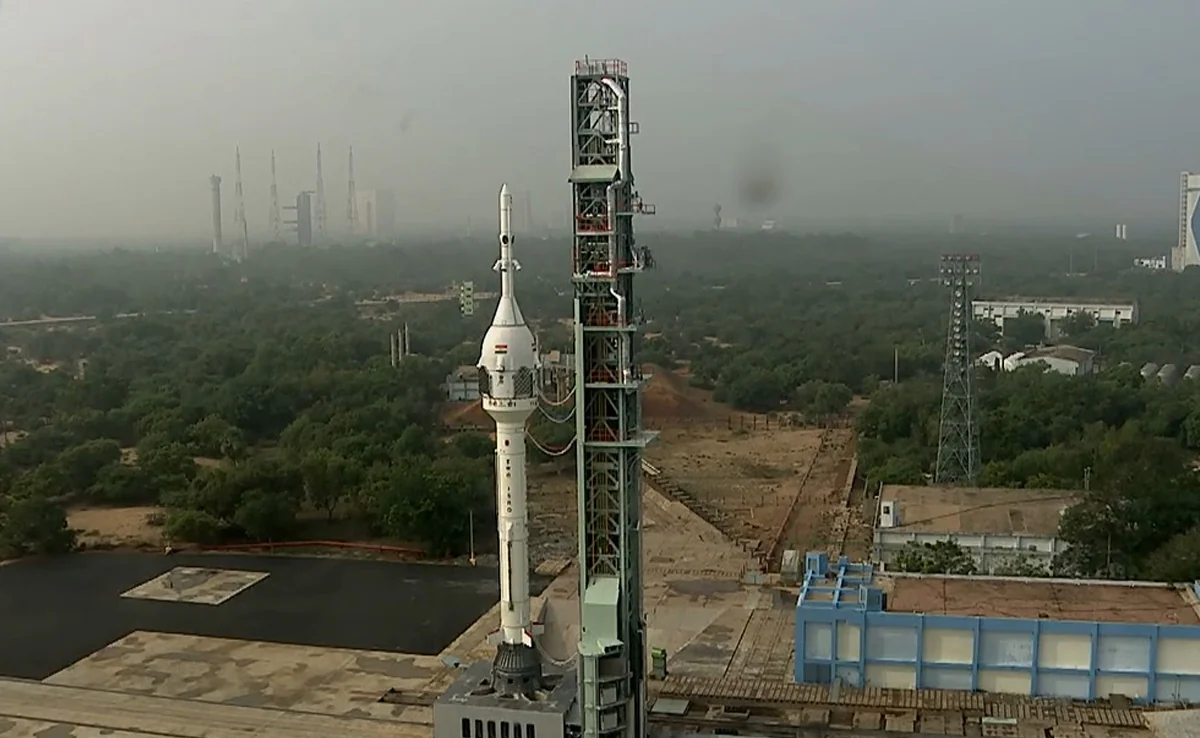- Courses
- GS Full Course 1 Year
- GS Full Course 2 Year
- GS Full Course 3 Year
- GS Full Course Till Selection
- Online Program
- GS Recorded Course
- NCERT (Recorded 500+ Hours)
- Polity Recorded Course
- Geography Recorded Course
- Economy Recorded Course
- AMAC Recorded Course
- Modern India, Post Independence & World History
- Environment Recoded Course
- Governance Recoded Course
- Science & Tech. Recoded Course
- International Relations and Internal Security Recorded Course
- Disaster Management Module Course
- Ethics Recoded Course
- Essay Recoded Course
- Current Affairs Recoded Course
- CSAT
- 5 LAYERED ARJUNA Mentorship
- Public Administration Optional
- ABOUT US
- OUR TOPPERS
- TEST SERIES
- FREE STUDY MATERIAL
- VIDEOS
- CONTACT US
China’s World’s Largest Dam on the Tsangpo River: How It Could Impact India
China’s World’s Largest Dam on the Tsangpo River: How It Could Impact India

- On December 25, 2024, China approved the construction of the world’s largest hydropower project on the Yarlung Tsangpo River (also known as the Zangbo River), located in Tibet.
- This dam will have a capacity of 60,000 MW, 3 times the size of the world's current largest hydroelectric project, the Three Gorges Dam on the Yangtze River.
- The Yarlung Tsangpo originates in Tibet and flows into India, where it is known as the Siang River in Arunachal Pradesh and the Brahmaputra in Assam.
- From India, it continues into Bangladesh and ultimately flows into the Bay of Bengal.
- The construction of such a large dam on this vital waterway could have significant environmental, economic, and geopolitical consequences for millions of people across the region, particularly in India and Bangladesh.
Key Details of the Yarlung Tsangpo Project
-
Location and Planning:
- The proposed dam will be located at the Great Bend of the Yarlung Tsangpo, in Medog County, Tibet. This is where the river makes a U-turn before entering India’s Arunachal Pradesh.
- The dam is part of China’s 14th Five-Year Plan (2021-2025), and recent developments indicate that the project is moving forward with funding allocations, smaller dams along the river, and changes in land use in upstream areas.
-
Energy Goals:
- China has justified the project as part of its strategy to transition to clean energy and achieve carbon neutrality by 2060.
- The steep descent of the river from the Tibetan Plateau provides ideal conditions for generating hydroelectric power, with a remarkable flow rate of water.
-
Environmental and Geotechnical Risks:
- China’s other large dams, such as the Three Gorges Dam, have had severe environmental consequences.
- For example, the massive weight of water in the Three Gorges reservoir has affected gravity anomaly maps, and the released water has led to earthquakes and displacement of millions of people.
- There are fears that the construction of this dam could have similarly disruptive effects on the local ecology and geology, especially considering the earthquake-prone region.
- China’s other large dams, such as the Three Gorges Dam, have had severe environmental consequences.
Why Does China Want This Mega Project?
- China sees the Yarlung Tsangpo project as a way to reduce its reliance on coal and other conventional energy sources, helping the country meet its environmental goals.
- Additionally, the hydroelectric potential of the Yarlung Tsangpo is immense, as the river’s steep gradient offers an ideal environment for generating large amounts of electricity.
However, there are risks involved:
- Environmental Consequences: The construction and operation of such a large dam could lead to earthquakes, landslides, and displacement of people, as seen with China’s previous dam projects.
- Downstream Impact: The water stored behind the dam could disrupt the flow of silt, a vital resource for agriculture, and affect local biodiversity, both in Tibet and in countries downstream, like India and Bangladesh.
What Are the Concerns for India?
-
Impact on Water Flow:
- The Brahmaputra River system is heavily dependent on water from the Yarlung Tsangpo. Since India is a downstream country, any alteration in the flow of water due to this mega-dam could affect India's water supply.
- The river provides critical resources for irrigation, drinking water, and hydroelectric generation in Arunachal Pradesh, Assam, and beyond.
-
Ecological Impact:
- The Brahmaputra’s flow brings silt that is crucial for agriculture.
- The dam could interrupt the flow of silt, negatively affecting the fertility of soil and agriculture, especially in Assam.
- Alterations in the river flow could also harm local wildlife and aquatic life, impacting the delicate balance of ecosystems in the region.
-
Geological and Disaster Risks:
- The region where the dam is planned is earthquake-prone.
- A large dam in such a seismically active area poses risks of earthquakes, dam failures, or landslides, which could lead to devastating floods in India and Bangladesh.
- A notable example is the Parechu Lake incident in 2004, where a landslide in Tibet created a glacial lake that burst in 2005, sending massive amounts of water down the Sutlej River in India.
- Such incidents highlight the potential dangers of large-scale projects in this volatile region.
-
Impact on Livelihoods:
- A dam of this magnitude could displace millions of people downstream, as has happened in China with the Three Gorges Dam.
- This would affect the livelihoods of fishermen, farmers, and others who depend on the river for survival.
India’s Diplomatic Response
- India has expressed its concerns about the Yarlung Tsangpo dam project, citing the principles of shared water resources and the need for transparency in any projects that affect downstream countries.
- On December 29, 2024, the Indian Ministry of External Affairs reiterated its position that China should consult downstream nations like India and Bangladesh before proceeding with such large-scale projects.
Existing Cooperation on Transboundary Rivers
India and China have a framework for cooperation on transboundary rivers, but there are challenges:
-
Memorandums of Understanding (MoUs):
- India and China signed an umbrella MoU in 2013 on cooperation regarding transboundary rivers.
- However, this MoU is not actively implemented, and the Brahmaputra MoU (which lapsed in 2023) is currently in the process of renewal.
- The Sutlej MoU was created after the Parechu incident, but China did not agree to data-sharing on a year-round basis, and it remains pending for renewal.
-
Limited Data Sharing:
- The exchange of water data between India and China has generally been sporadic.
- While some data sharing took place in the past, it paused during crises like the Doklam standoff in 2017 and the Ladakh clash in 2020.
- India’s ability to address concerns about water-sharing and mitigating risks is hampered by China’s reluctance to engage in more meaningful cooperation.
-
International Water Law:
- India and China are not signatories to the 1997 United Nations Convention on the Law of Non-Navigational Uses of International Watercourses.
- However, both countries abide by the core principles of equitable and reasonable utilization of shared water resources.
- The convention emphasizes that upstream countries (like China) cannot take actions that harm the interests of downstream countries (like India and Bangladesh).
- This principle can form the basis for future diplomatic engagement.
What Can India Do?
-
Diplomatic Engagement:
- India needs to raise concerns more assertively with China, as Kantha suggests.
- India must challenge China’s claims that the project will have no impact on downstream countries and demand more transparency and data sharing.
- It is important for India to have a transparent dialogue with China and make clear that water security will become a key issue in bilateral relations.
- If China ignores India’s concerns, it could lead to serious tensions.
-
International Advocacy:
- India should advocate for stronger international cooperation and dispute resolution mechanisms regarding shared water resources, especially in the case of the Brahmaputra and other transboundary rivers.
- Raising Awareness:
- India must make its concerns public, so that the potential negative impacts of the Tsangpo dam are internationally recognized and addressed before the project is completed.
Conclusion
China’s plans to build the world’s largest hydropower project on the Yarlung Tsangpo River have serious implications for India, especially in terms of water security, the environment, and regional cooperation. While India has mechanisms in place for dialogue with China, it must assert its rights more forcefully and demand transparency and cooperation on shared water resources. If China proceeds with the project without considering India’s concerns, it could lead to long-term geopolitical and environmental challenges. The issue of water security must become a central aspect of India-China relations, requiring honest dialogue, cooperation, and mutual respect.
|
Also Read |
|



